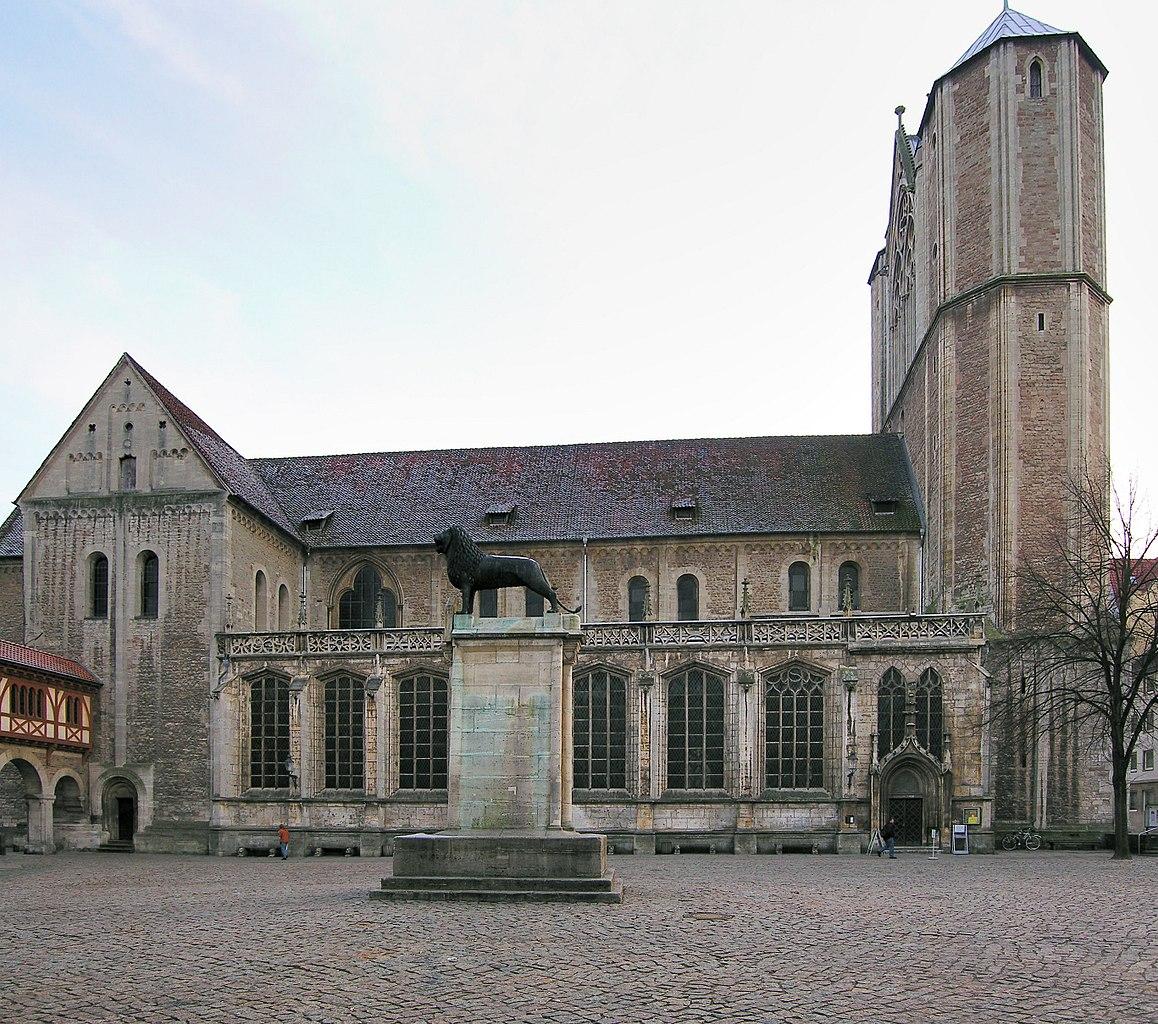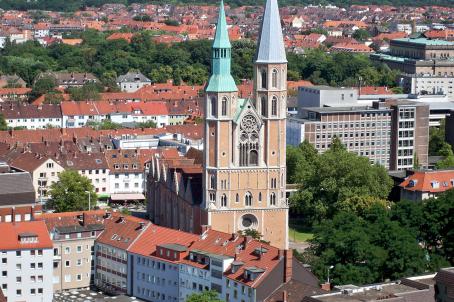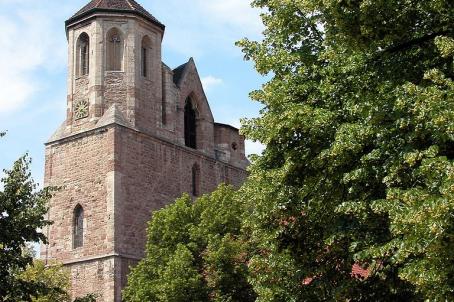Braunschweig Cathedral

Braunschweig Cathedral was founded in 1173 by Henry the Lion. The building most probably received the designation "cathedral" as early as the 14th or 15th century. However, it was not so much a bishop's church as a monastery. Until the 19th century, Braunschweig Cathedral was therefore known as the Collegiate Church of St. Blasius and St. John the Baptist, which is still partly in use today.





